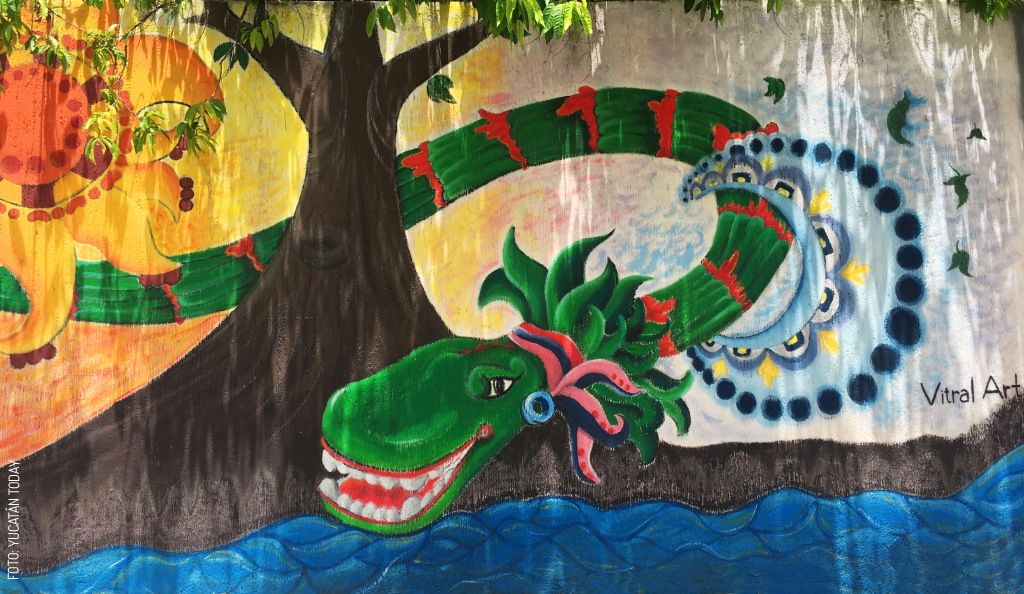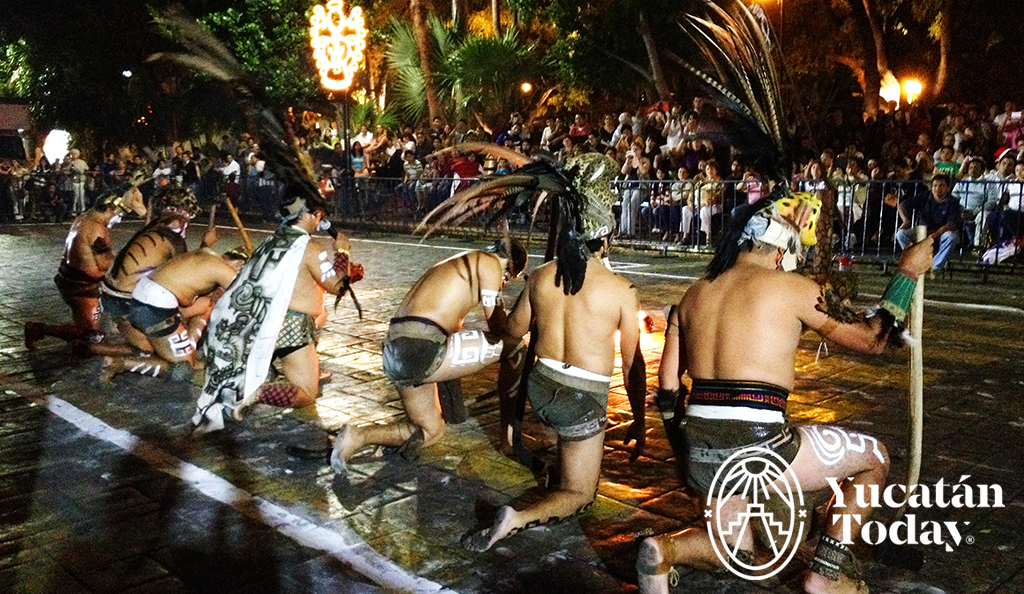
Millennial Pok Ta Pok
Pok Ta Pok is the pre-Columbian ball game that the ancient (and now modern) Maya played to give thanks to the gods for the bountiful harvest and to ask for their protection.
This game gets its name from the sound made by the ball when it is hit, and originated during the dynasty of the Maya in México, later to be adopted by other pre-Columbian cultures as part of their sacred activities.
Pok Ta Pok was played with great honor, and the game began once the priest had finished the purification and the invocation of the gods. A rubber ball weighing 3 to 4 kilos was hit, and it was supposed to pass through a stone hoop affixed to a wall. Each team was made up of four male players, and one of the players would throw the ball to his opponent, who could hit it only with his hip or his thigh, to avoid receiving a penalty. Only the best warriors were selected for the game, for it was believed that they represented the deities on the playing field.
When the ball entered the hoop, the game was over. It is said that the winners were sacrificed to gratify the gods. Other accounts say that it was the losers who were sacrificed; however, in spite of having found proof that there were human sacrifices, historians still do not know for certain what the requirements were to form part of that honorable – or humiliating – list.
As you can see, this ball game was not just a sporting encounter between rivals, but a complete manifestation of ideas, life, death, and resurrection.
It is thought that the oldest game of Pok Ta Pok in Yucatán was at the archaeological site of Oxkintok.
Every Saturday at 8 pm on the esplanade of the Catedral de San Ildefonso, on the east side of the Plaza Grande, a free representation of Pok Ta Pok is presented, in which a Maya princess gives the ball to the spiritual guide, who carries out the purification of the game prior to its start. This presentation is divided into two parts; during the second half you will see how the Purépechas (another indigenous civilization) adapted this game, setting the ball on fire and then hitting it with wooden sticks to send it up into the hoop.
This rite is more than just a simple demonstration, for the game is played just as their ancestors played it, full of honor and pride, confronting each other to take control of the stick, with the command of the god Kukulkán. Just as it was done in pre-Columbian times, the warriors paint their bodies and wear the characteristic garments that their ancestors wore in their beloved T’hó, ready to defend their lineage.
Get ready! The confrontation between the eternal enemies Xiues and Cocomes is about to begin.
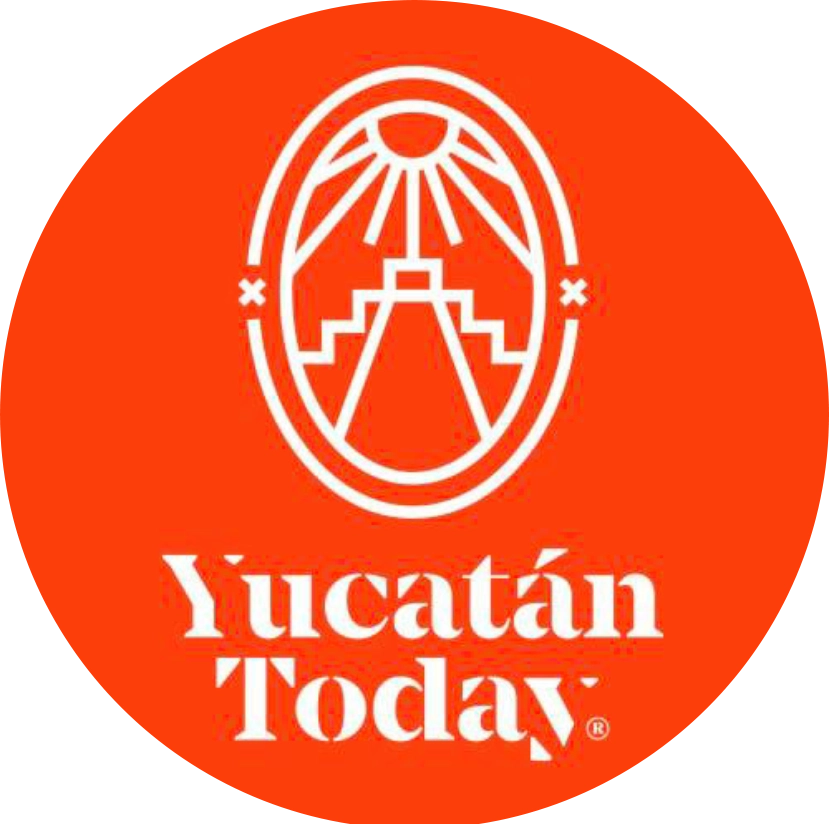
Author: Yucatán Today
Yucatán Today, the traveler's companion, has been covering Yucatán’s destinations, culture, gastronomy, and things to do for 38 years. Available in English and Spanish, it’s been featured in countless travel guides due to the quality of its content.
¡Receive the latest articles and much more from the best of Yucatán in your email!
Related articles
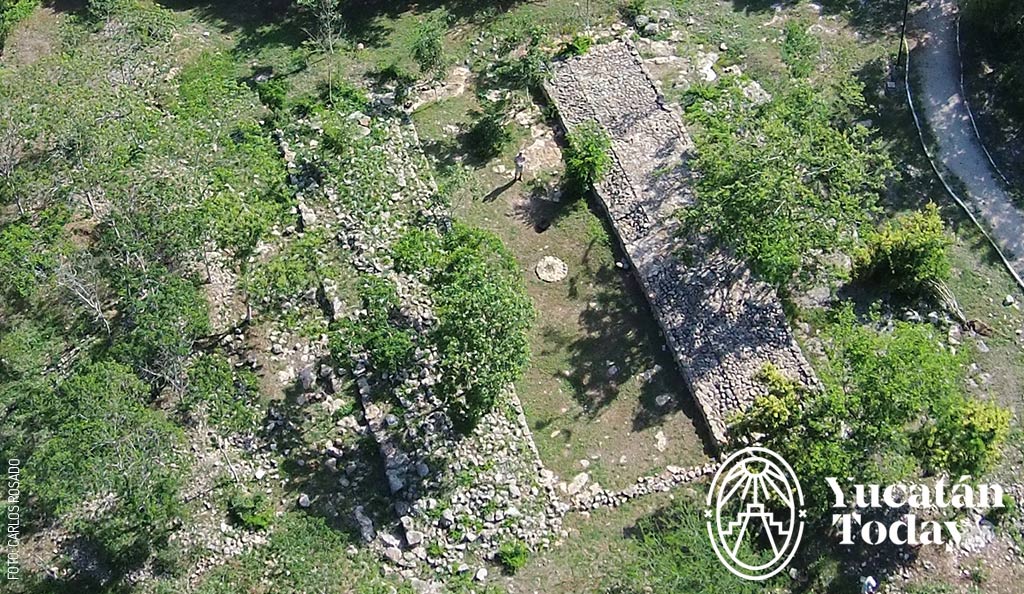
Pok Ta Pok, the Enigmatic Ritual “Sport” of the Maya
Known in Yucatán as Pok Ta Pok, the Mesoamerican ball game is a ritual sport played since at least 1650 BC by pre-Columbian people.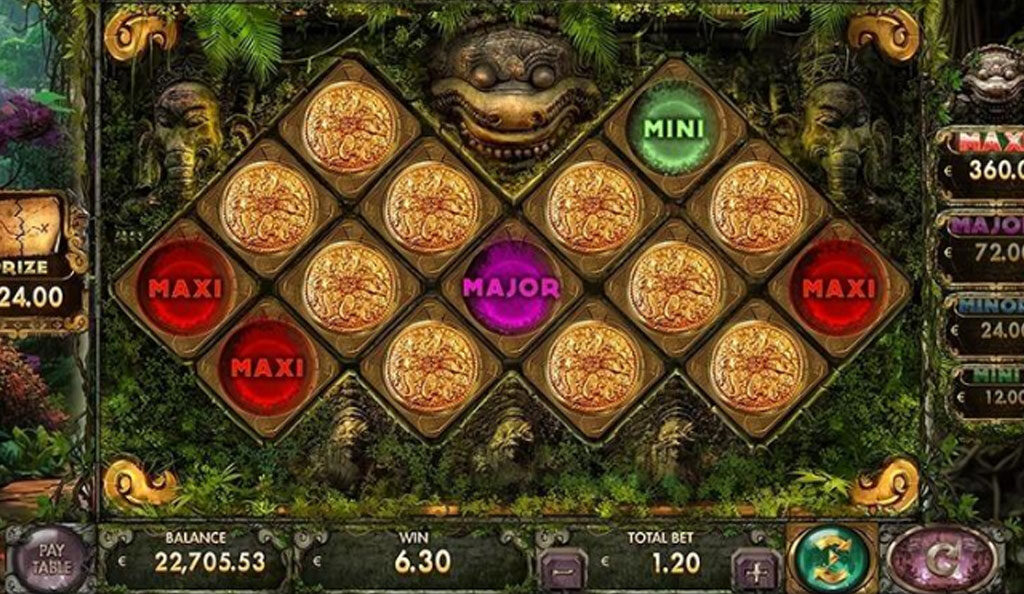
Adrenaline and History: Online Casino Slots Inspired by Pre-Hispanic...
Let’s dive into a fascinating intersection that combines the thrill of chance with the rich history and cultural legacy of the Americas